Does your presentation have a storytelling structure?

Stories are a core part of business and society. People tell stories when posting pictures on social media, sharing content via blogs, or making YouTube videos. Even business presentations tell stories. While each of these items seems vastly different, they all use a similar storytelling structure.
Key Takeaways:
- Storytelling conveys information in a structured format rather than as straight facts.
- Storytelling is easier to remember and more persuasive.
- Stories contain five parts: exposition, rising action, climax, falling action, and resolution.
What is storytelling?
Storytelling is giving information in the context of a story rather than as isolated facts and figures. It’s a more persuasive way of conveying information and it’s also shown that people are 22 times more likely to remember stories than just straight facts.
Here’s an example: What do you find more effective?
- An executive who tells employees to reach their quotas.
- An executive who introduces revenue challenges, then shares how reaching quotas will overcome those challenges. To conclude, this executive ends with data that shows a bright financial future if the employees reach their quotas.
The second scenario is far more effective because it uses a storytelling format to give context to the data and inspire action.
Why is storytelling structure important?
Anytime you tell an effective story, it falls into a set structure. This structure isn’t just for epic fantasy novels, it’s also a great fit for business communication. A structured story gives your information context, direction, and value.
The business storytelling framework often follows the five primary stages of Freytag’s pyramid:
- Exposition: Introduces the main characters and setting
- Rising Action: A challenge arrives, and tension builds
- Climax: Tension peaks with a final face-off between a hero and a challenge
- Falling Action: The hero overcomes the challenge
- Resolution: All challenges are over, and happily ever after begins

Business storytelling example
A recent news article on the recession demonstrated the power of storytelling for business communication. The report began by introducing the current economy. Then, enter the recession. From here, the article explored the helpless situation of the recession.
Once the article made the recession feel hopeless, the author wrote, “…there can be a bright side to the dark worries.” This was the story's climax and introduced a positive turn in events. Finally, the author explored how consumers and businesses can grow in a recession.
The report ended with a forecast for the future, giving readers hope and a way forward.
How to give your storytelling structure
Follow these steps to give your business storytelling structure based on Freytag’s storytelling pyramid.
1. Establish the end goal
Flipping to the last page of a book might be frowned upon but establishing your story’s end before you begin is necessary when creating a business presentation.
Your story starts with a purpose. What is the key message of your presentation? Without a goal, the information is just numbers and words.
For example, if you are presenting to stakeholders, your goal might be to show your company’s growth so stakeholders remain loyal and continue investing in the company.
Use the five W’s of business storytelling to fill in the details that will lead your audience to your end goal.

2. Introduce yourself
Once you know where the presentation is headed, you can start at the beginning and introduce all relevant parties. This is the exposition of the story. In novels, this is where the author describes the main character and location.
In a business, the organization is most likely the main character. However, there may be other key people, teams, and companies to introduce.
Formal business presentations will use data and qualifications in the introduction. However, there can be times when an emotional introduction is more effective. For example, nonprofits raising funds or business executives motivating employees will rely on emotion over data. For an emotional impact, introduce a dream or goal at the start rather than facts and data.
This part of the presentation puts the information you will present into context. It gives the audience an overview of who you are, where you are as a business, and the direction of your story.
3. Introduce the challenge
The rising action in books and movies is where the audience meets the main conflict. This could be a situation or challenge in the organization that you need to overcome.
For example, the business might have sales quotas to meet or a product to launch.
During this storytelling stage, outline the primary challenge you will resolve in the presentation.
4. Introduce the solution
The climax of a story occurs when all hope seems lost. Then suddenly, the hero appears on the scene and offers a solution.
Your business or initiative is the superhero of your presentation. You told your audience about a challenge. Now, introduce the solution. This could be a new initiative, product, or company process.
You should introduce the solution in terms of the challenge, as that will make it more impactful. The challenge is what makes your audience care about the answer. For instance, your team members may not be as receptive to a new company policy unless you share it with the context of the challenges the approach will overcome.
At this point, you can address alternative solutions or failed initiatives. By covering alternatives, you are showing why your solution is the best option.
Here is a guide on company policy presentation
5. Walk through the solution
The falling action is when the hero finally defeats the challenge. In your presentation, walk your audience through how your solution combats the challenge.
This is where you’ll want to present most of your data and statistics to show your results or future plans.
6. The future
The final step of your presentation is showing a resolution, or happily ever after. Many films and books employ a time jump at the end. The time jump shows the hero several years in the future, living a happy life.
Your presentation can show a snapshot of the future and forecast for growth. For example, if you are introducing a new product, you can show future sales predictions. Or perhaps you’re sharing a financial update. Then, you can showcase what you predict for the business’s financial future.
The resolution should also include a Q&A session to address any questions and concerns. This ensures the story is fully wrapped up with no loose ends.
For more insights, visit our dedicated page on forecast review presentation.
Tell your stories with Prezent
Prezent helps you create powerful presentations that follow key business storylines and structures. With Prezent’s AI-powered platform, you can share personalized business stories with your employees, stakeholders, board of directors, and more. Our intuitive and easy-to-use platform allows you to effectively structure each phase of the story to ensure it has the maximum impact on your audience.

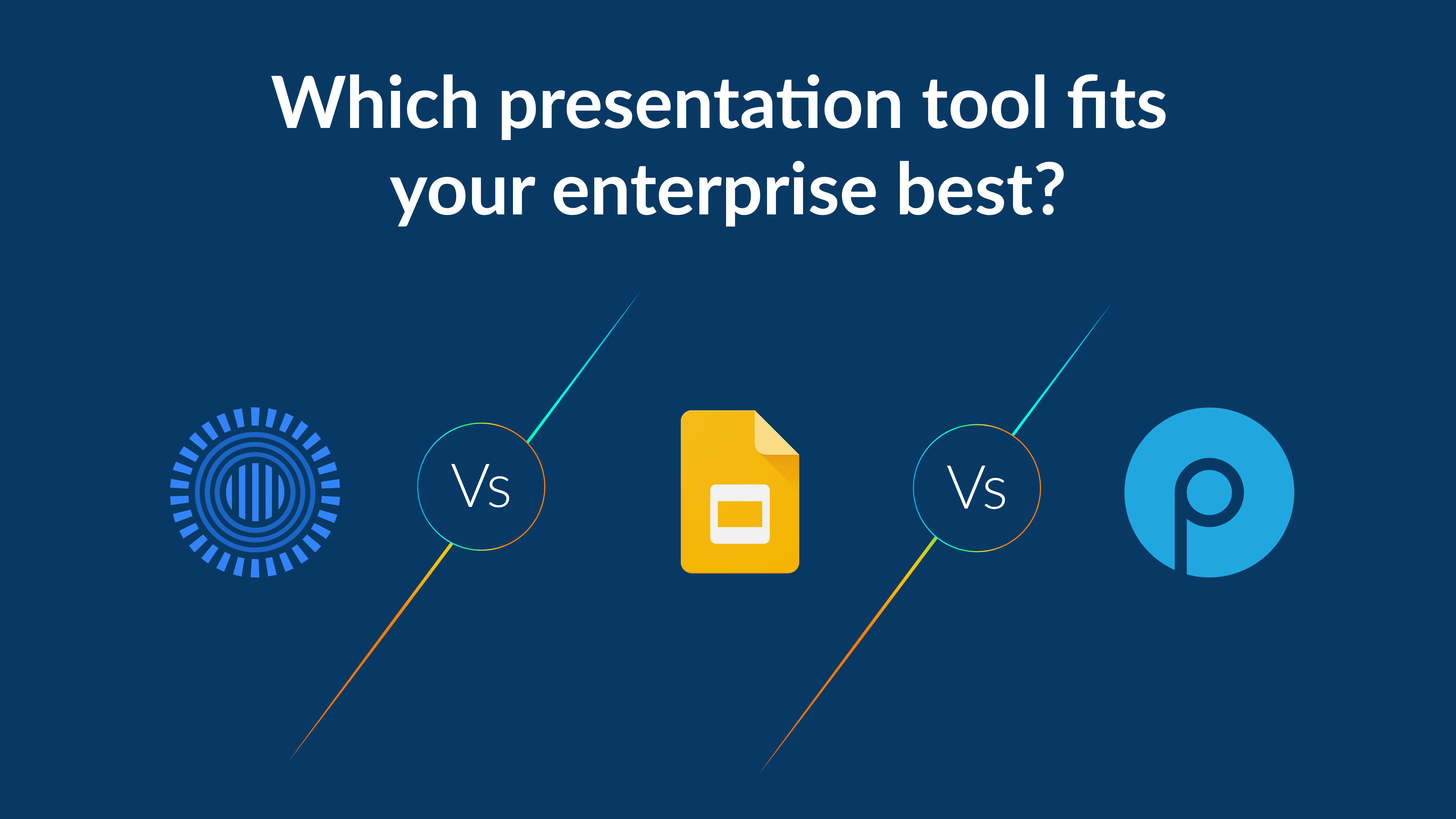
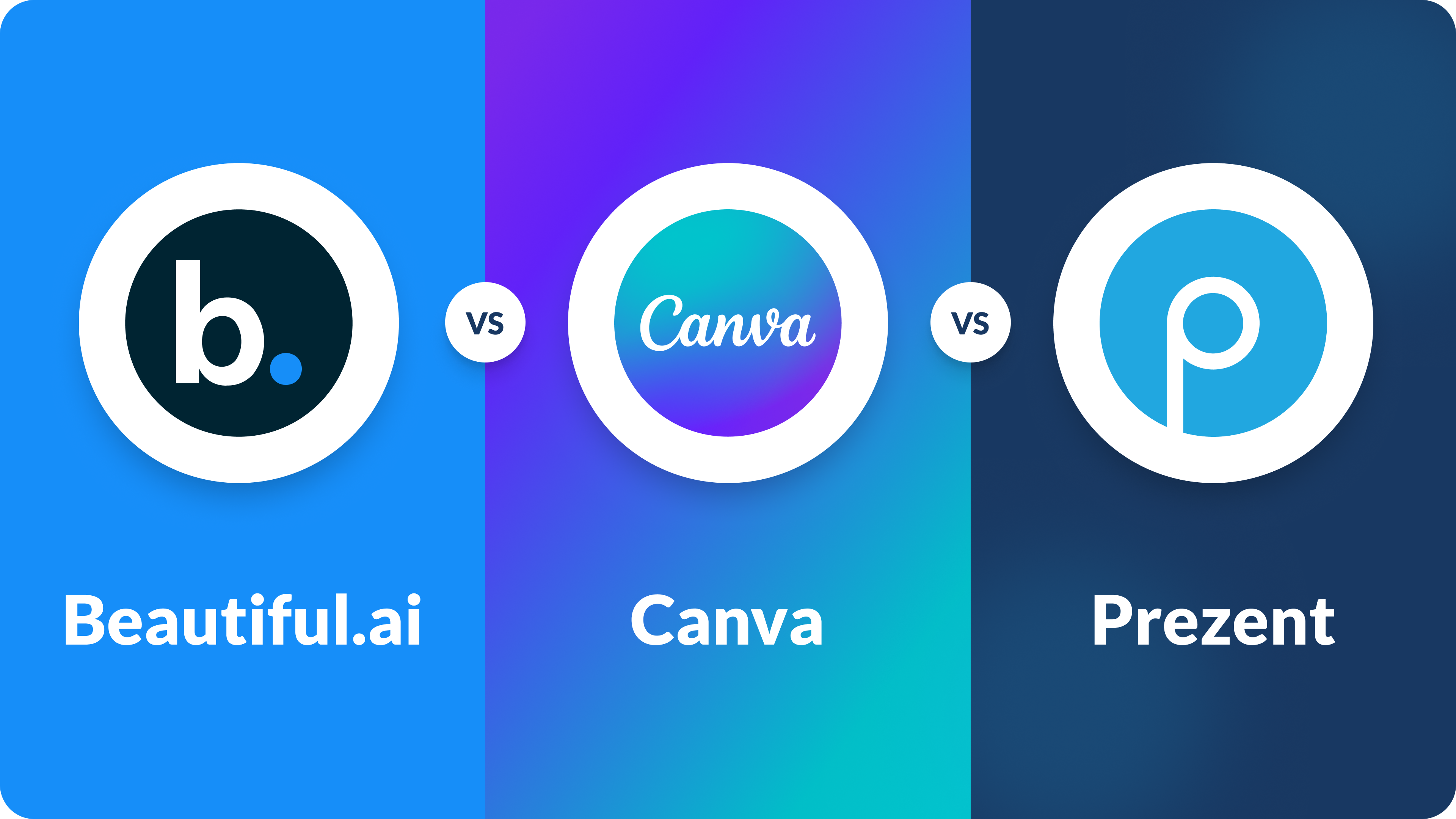
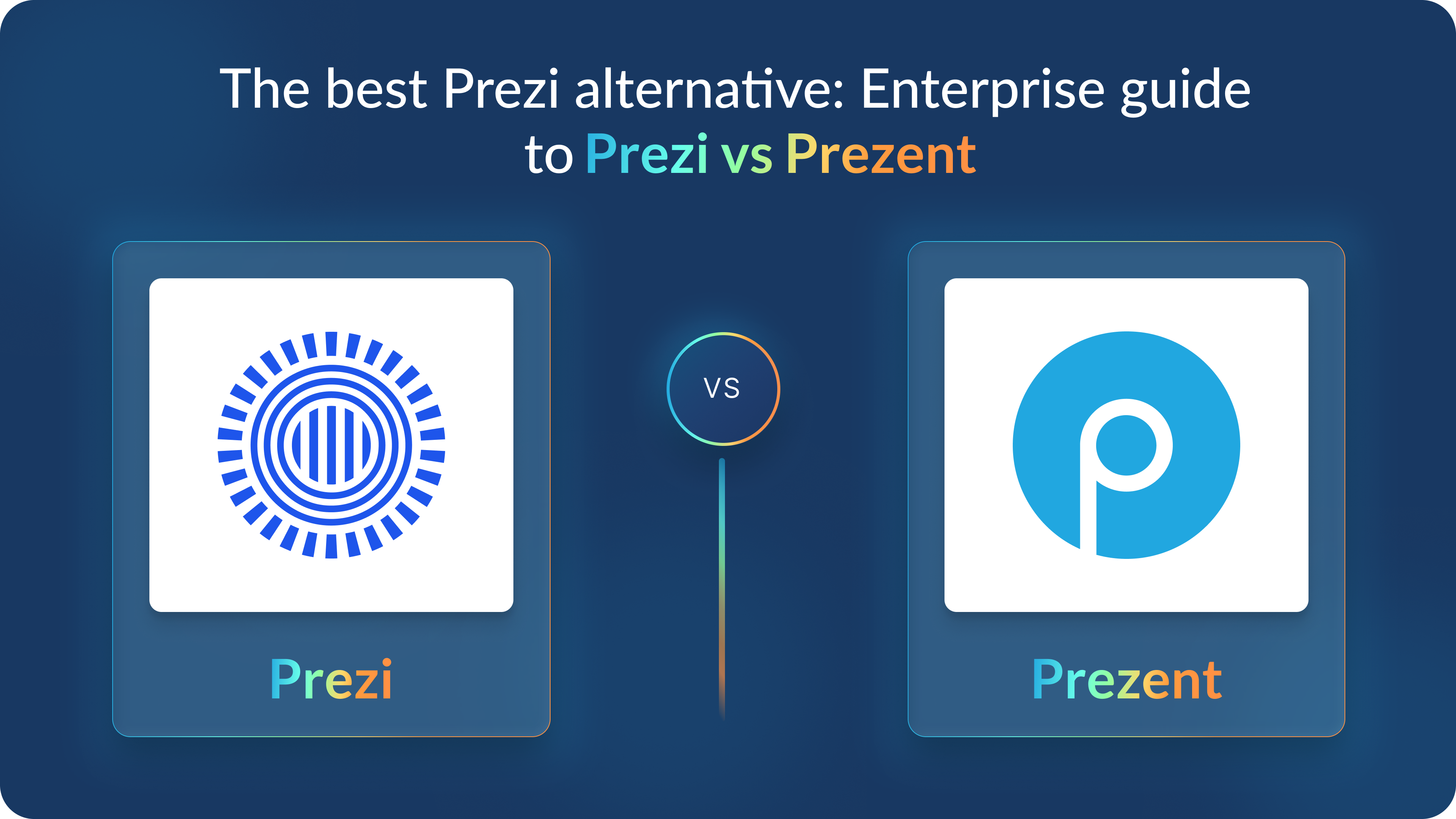
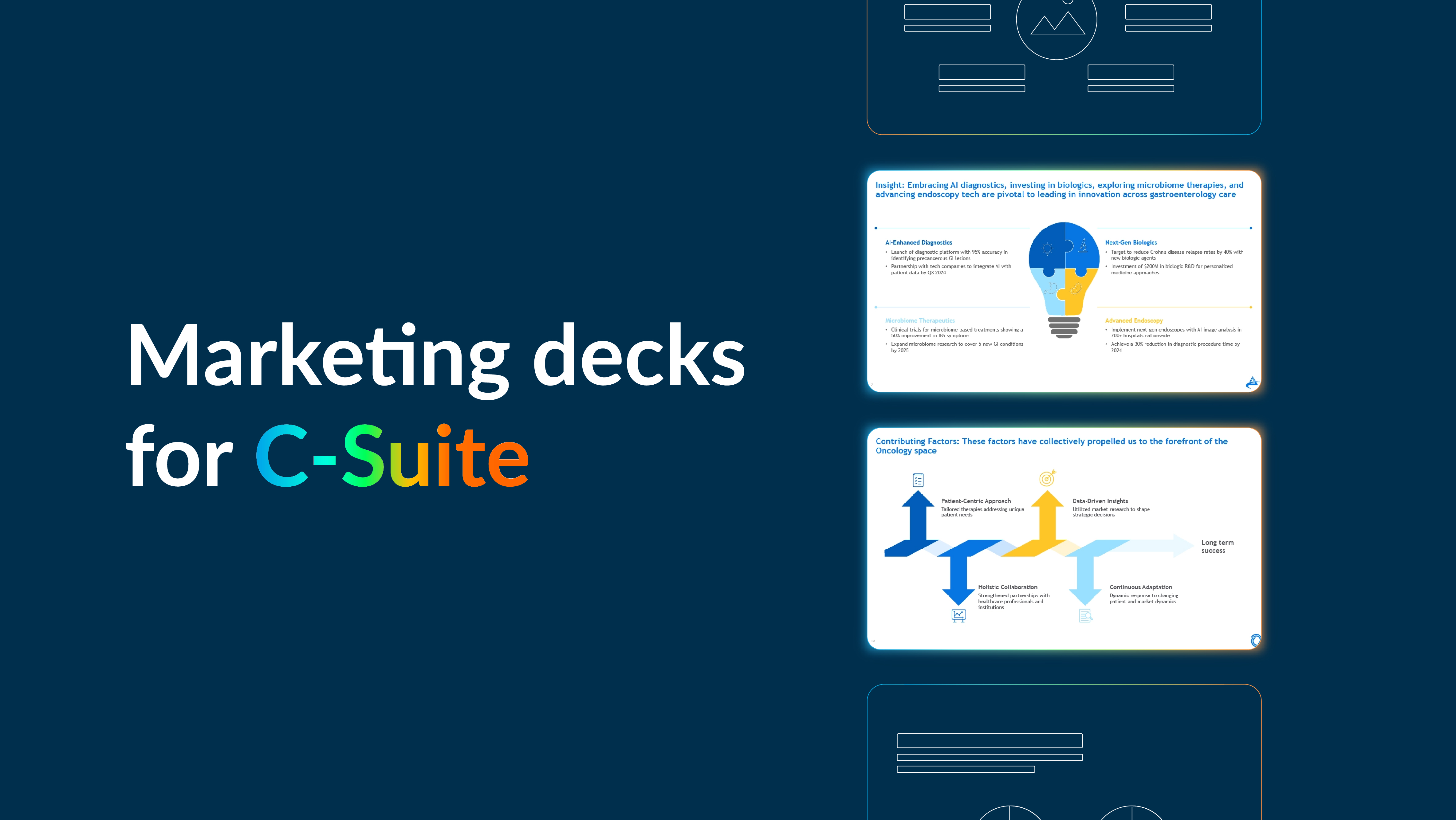

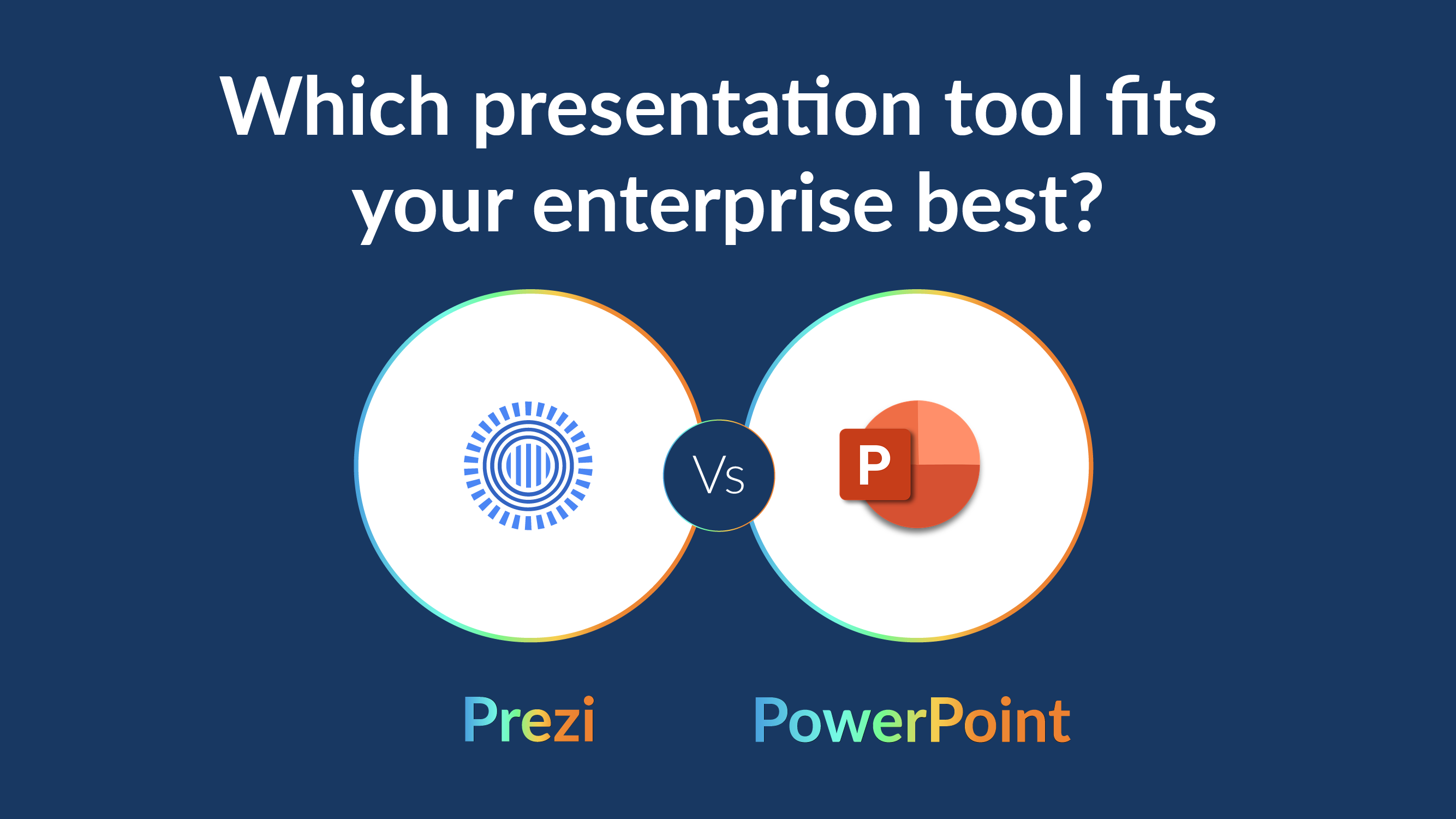




.jpg)

